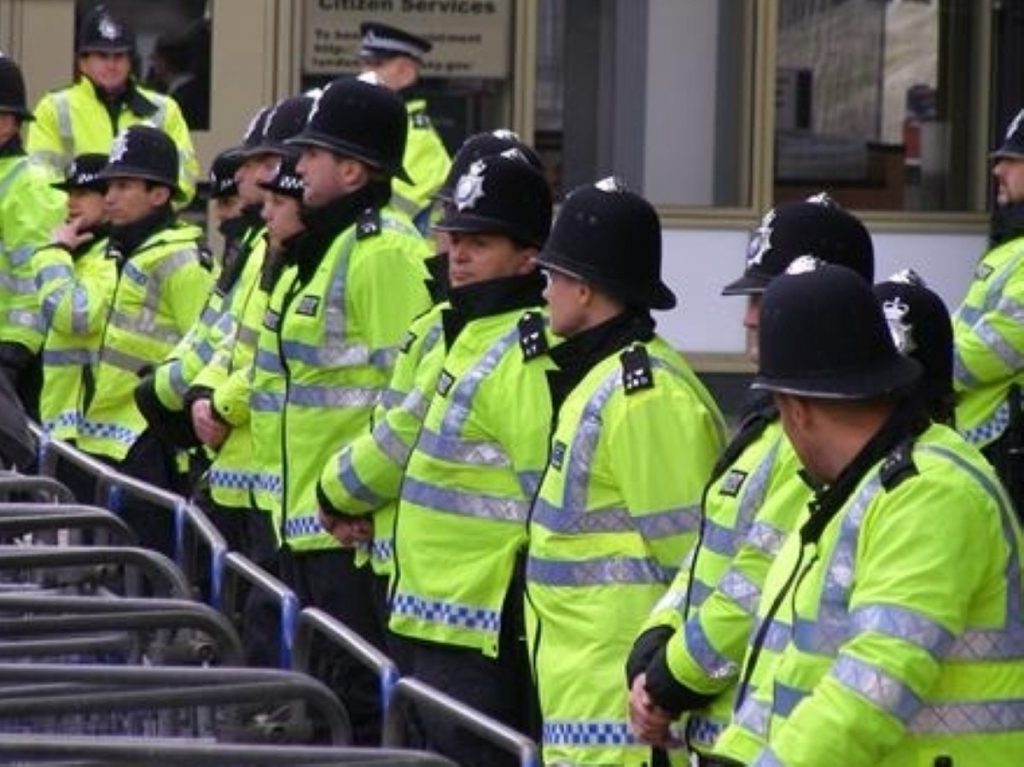Spending review: Home Office cut by 23%
By Peter Wozniak
The Home Office will see cuts of 23% in total by 2015, as will the Ministry Of Justice.
Frontline policing and essential prison maintenance seem to have been spared the worst effects, at the cost of administration, IT costs and backroom staff redundancies.
Widespread expectation before the Comprehensive Spending Review (CSR) was announced was that overall police numbers would have to fall.


However, spending cuts for the Home Office as a whole were worse than for the police itself.
The department’s non-police budget will be cut in real terms by 30% by 2014/15, in order that the police will escape comparatively lightly with reductions of 14%, assuming Office of Budget Responsibility (OBR) predictions hold true.
The CSR document states that “savings will be made from efficiencies in IT, procurement and back office functions, as terms and conditions of service are reviewed, allowing the police to focus on addressing the crime and disorder concerns of local communities”.
The government had claimed it could save £1 billion by reducing the bureaucratic burden on police forces. From today’s announcement it appears that much of the burden of the axe will fall on Home Office civil servants and backroom staff.
However, it remains possible that headcount police reductions will have to take place.
This weekend policing minister Nick Herbert argued police would perform better in fighting crime despite having fewer officers. By cutting paperwork more police would be able to get out on the street, he argued.
This was certainly not a straightforward “salami-slicing” as had been suggested when the Association of Chief Police Officers estimated a 25% cut to the Home Office budget would mean 20,000 police officers would have to lose their jobs.
Quangos such as the National Police Improvement Agency will be abolished and absorbed into a new National Crime Agency, supposedly saving £50 million.
But the reality of the cuts is still unclear. Police redundancies are implied in the CSR document, but it does not spell out how far the drive for “efficiencies” will cover the 14% cut figure.
The measures to “modernise terms and conditions” are unclear, though they may make redundancies easier to enforce.
Counter-terrorism funding is prioritised as part of the national security strategy.
The ministry of justice got off far more lightly than expected. It will suffer cuts of 23% over the next five years, compared with the 30-40% reductions thought possible.
Ken Clarke’s enthusiasm for reducing the number of people in prison, especially on short sentences, was always likely to make the cuts process politically easier for the coalition.
The document states that “the Ministry of Justice will reduce its back office and administration costs by 33%.
“This will include savings from reducing the number of staff at headquarters, rationalising its London estate from 18 buildings to 4 and implementing shared corporate services across the department,” it reads.
IT services are suggested candidates for the chop, while a plan shifting prisoners with mental health problems into treatment rather than incarceration is expected to reduce the pressure on the prison population further.
Some 157 “under-used” courts may be closed entirely.
Funding from maintaining the existing prison infrastructure but will only be allocated to “essential” new builds.
Legal aid, already under review from the coalition government, faces sharp reductions from its annual £2.1 billion budget.
The document does not go into detail, but claims the government will be “taking tough choices about the types of case that should receive public funding, and focusing support on those who need it most.”
The Crown Prosecution service will also suffer cuts of 24%, but with a pledge to “continue its core work at reduced cost”.

